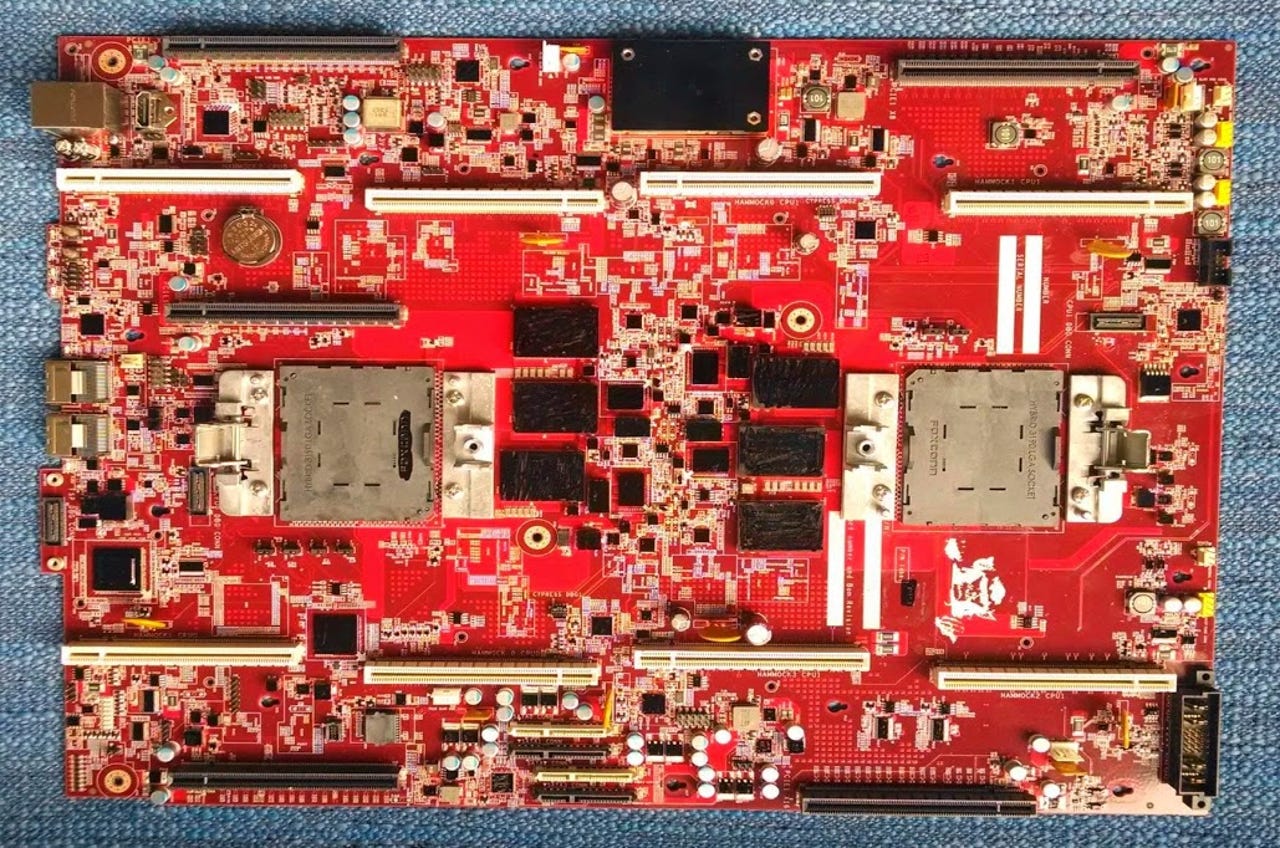Google eyes Power chips, Amazon ARM: Both add up to Intel headaches


Google is eyeing IBM's Power processors for the servers that power its services. Amazon is reportedly pondering custom ARM-based chips for its cloud servers. Add it up and the big cloud guns---the companies that will likely power most of the infrastructure that'll be rented by the enterprise---are hedging their Intel bets.
First, up is Google's move to evaluate IBM's Power processors for its servers. In a blog post, Gordon MacKean, chairman of the OpenPower Foundation, highlighted a photo on Google+ of a Google server motherboard using IBM's Power8 processor.
As CNET's Stephen Shankland noted Google appears to be hedging its Intel bets a bit. For IBM's Power platform, the Google move---assuming it turns out to be more than a mere concept---gives the company a play in hyperscale servers.
Intel has managed to maintain its server dominance with its Xeon processors. On the hyperscale front, Intel has created microservers using its Atom processors. Hewlett-Packard's initial wave of Moonshot servers featured Intel's Atom processors.
Nevertheless, enterprises are looking to create a counterweight to Intel. The ARM architecture provides an option. In addition, Facebook, Google and Amazon are squeezing traditional hardware vendors by building their own servers.
To that end, GigaOm rounded up a bevy of LinkedIn job postings for Amazon and many point to custom ARM chips for its servers. Amazon is apparently hiring former architects from Calxeda.
Amazon may develop its own ARM processors, but it's unclear what advantages it would have. Nvidia, Applied Micro and a bevy of other ARM chip companies could be server players too. AMD is already pushing ARM in the data center.
The bottom line here is that cloud titans such as Amazon and Google can save billions of dollars with more efficient data centers. To squeeze savings out of Intel, enterprises are going to need to create their own competitive counterweights.